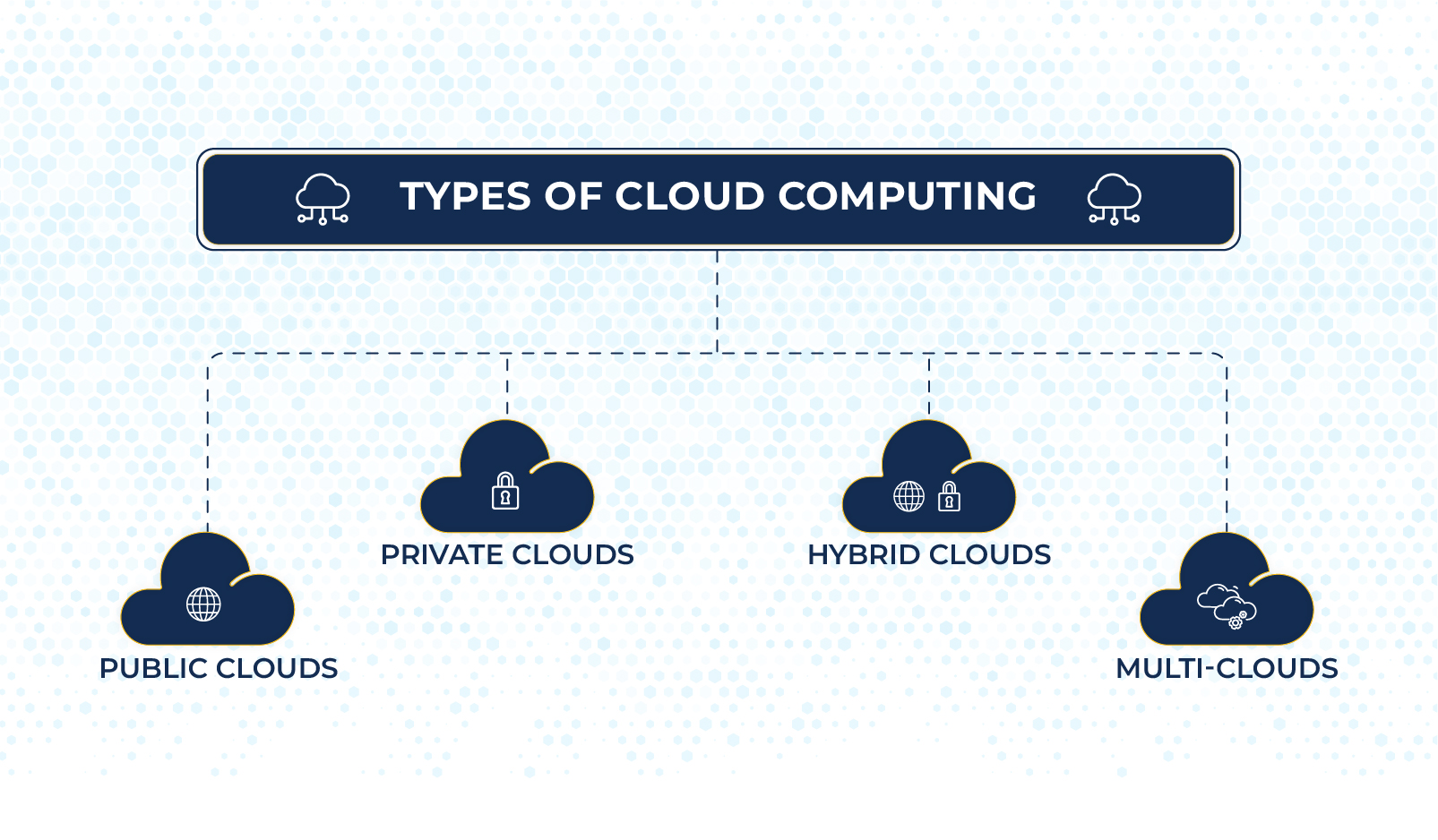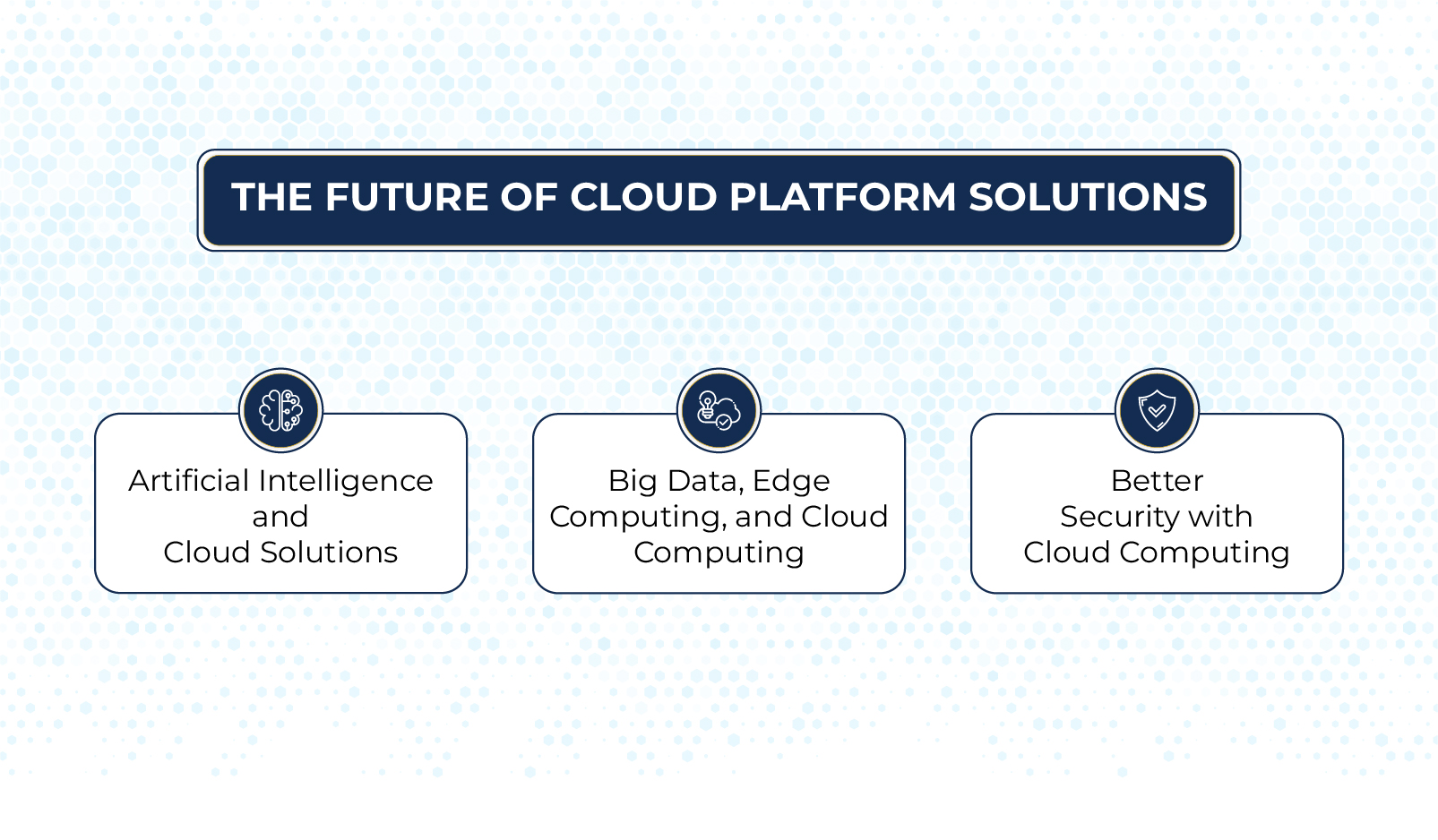Anyone who uses the internet also uses cloud computing in some way or the other, knowingly or unknowingly. That is because nearly all web and mobile apps today are cloud-based.
But what is cloud computing?
Where did it come from and where is it headed? And why is it so much in vogue these days?
Let’s answer each of these questions.
Defining Cloud Computing
Cloud computing, also known as cloud-managed services, refers to the provision of IT resources and services via the internet. These resources include storage, databases, analytics, servers, and networking services.
It allows a firm to use these resources on a pay-as-you-go basis, thereby eliminating the need to buy, own, and maintain such technology on its own. Most importantly, it leads to a significant reduction in a firm’s IT spending and costs.
Alternatively, cloud solutions enable easy access to a shared pool of computing resources whenever and wherever demanded. Such provision typically requires minimal management effort or interaction between the client and the service provider.
The only necessary component it does require, apart from money, is the internet.
In other words, if a company wishes to increase its computer’s storage capacity or computing power, it can avail itself of a cloud services without having to own the same.
So, when and how did cloud computing emerge?
Let’s take a brief stroll down memory lane.
The Origins of Cloud Computing
Cloud computing has its roots in the 1950s. In those early days, mainframe computers cost a fortune, were huge, and were difficult to manage.
To maximize their return on investment (ROI), companies decided to purchase two or more mainframe computers and employed “time-sharing” schedules.
This time-sharing model, which was the brainchild of John McCarthy, allowed multiple users to access a mainframe computer via connected stations. These connected stations had no computing power of their own.
This is what laid the basis of modern-day cloud services.
As technology evolved, the concept of cloud operations evolved as well. It was during the mid-1960s to early 1970s that significant advancements started taking place in the world of cloud operations.
A famous American computer scientist-cum-psychologist, J.C.R. Licklider, came up with the notion of a system of interconnected computers. Larry Roberts and Bob Taylor then used Licklider’s idea to develop the Advanced Research Projects Agency Network (ARPANET).
ARPANET is often considered the predecessor of the internet. It was the first of its kind network that allowed users to share digital sources among computers that were not located in the same place.
Cloud computing was thus born.
Licklider imagined a world where all the people were connected. A world where anybody could access any data irrespective of one’s physical location.
Let’s now take a deeper look at the types of cloud solutions and their services.
Types of Cloud Computing

There are mainly four types of cloud infrastructures. Let’s briefly explain each of them below.
- Public Clouds – These are created using IT infrastructure that is not the property of the end-user. Most popular examples of public clouds include Amazon Web Services (AWS), Microsoft Azure, IBM Cloud, and Google Cloud.
Earlier, all public clouds were off-premises of the end-user. This has changed in recent times. Public clouds today offer their cloud services on clients’ premises. This has eroded the distinction between ownership and location.
- Private Clouds – These are defined as cloud services dedicated to a sole end-user or group. Private clouds have a distinct characteristic, i.e., an IT infrastructure accessible to only a single customer. It is therefore exclusive in nature.
As with public clouds, private cloud environments have also changed. IT infrastructure of private clouds is not necessarily present on the client’s premises. Instead, a rental or vendor-based model is sometimes used, leading to the blurring of ownership and location rules.
- Hybrid Clouds – Hybrid clouds are formed when several cloud environments are connected via Local Area Networks (LANs), Wide Area Networks (WANs), Application Programming Interfaces (APIs), or Virtual Private Networks VPNs.
They are complicated and may need several requirements to be fulfilled before being characterized as being hybrid. One such requirement is the presence of at least one public and one private cloud.
- Multi-clouds – Such cloud environments are created from more than one cloud service being provided by more than one vendor, be they public or private.
While all hybrid clouds are multi-clouds, not all multi-clouds can be called hybrid clouds. Multi-clouds only become hybrid clouds when various cloud environments are connected via some type of integration.
Cloud Services
There are mainly three types of cloud services.
- Infrastructure as a Service (IaaS): These services form the bedrock of cloud computing. In Infrastructure as a Service, a cloud service provider handles the IT infrastructure for the end-user. This includes the management of networking, servers, data storage and operating system.
- Platform as a Service (PaaS): These services eliminate the end user’s need to manage the underlying IT infrastructure (hardware & software) that is essential for application development. It allows the end-users to instead focus on developing, deploying, and managing their applications.
- Software as a Service (SaaS): This is a service through which a cloud service provider provides software to the end-users and manages it for them. These are typically applications accessible via web browsers or mobiles.
The end-user uses a dashboard or an API to access the software, whereas the maintenance of the software remains the cloud service provider’s responsibility.
Challenges and Security Concerns
Data Security and Privacy:
The security and privacy of highly sensitive data stored in the cloud are a largest challenge still. Cyber-attacks, data breaches, and unauthorized access are significant threats.
Therefore, adequate levels of encryption are required along with access controls, including separation of data are essential to manage these concerns.
Compliance And Legal Issues:
Cloud providers operate in different geographies and domains, with regulatory requirements on how data should be handled and stored.
When cross-border operations raise the possibility of conflicting with local regulations, compliance challenges can arise. Another constant concern for cloud providers is compliance with data protection laws, such as GDPR or HIPAA.
Downtime And Availability:
It is quite rare for cloud outages, but they can cause service downtime to businesses. High availability and fault tolerance are very important with redundancy and failover mechanisms to minimize the chance of downtime.
Vendor Lock-in:
When organizations migrate to the cloud, they might get locked into the technologies and services of a particular cloud provider. This kind of vendor lock-in can cause inflexibility and make it difficult to change providers or adopt a multi-cloud strategy.
Planning for portability and interoperability is therefore crucial.
Insider Threats:
Insider threats can compromise cloud security, either intentionally or accidentally. Employees with access to resources in the cloud may leak data or even misuse their privileges on purpose.
Monitoring and identity management tools are necessary for mitigating insider risk while maintaining productivity.
The Future of Cloud Platform Solutions It would not be hyperbolic to suggest that cloud services reign paramount in the IT world. They are being rapidly developed and deployed in all spaces, and being used for all kinds of purposes.
It would not be hyperbolic to suggest that cloud services reign paramount in the IT world. They are being rapidly developed and deployed in all spaces, and being used for all kinds of purposes.
But what really does the future of cloud-managed services look like?
Research suggests that by the year 2025, the cloud solutions market will be worth $68.5 billion. You can expect it to become a major part of business activity in the future.
Let’s analyze some key relationships and trends that will define what cloud infrastructures and services will look like in a few years.
Artificial Intelligence and Cloud Solutions
Cloud computing and Artificial Intelligence (AI) go hand-in-hand. Each offers the other innumerable benefits and advantages. Cloud solutions provide greater outreach to AI by engaging a wider audience.
On the other hand, AI allows for more efficient cloud services by providing insights and managing data. Most enterprises can gain a lot by combining the two technologies to scale their operations and become agile.
The duo also offers cost optimization opportunities to businesses. It is relatively more economical to use AI via cloud platform solutions because making a standalone investment in AI is expensive.
A win-win situation!
Big Data, Edge Computing, and Cloud Computing
Ask any tech person what the world’s most valuable commodity is, and the answer will most likely be DATA.
Oil is redundant; it is phasing out. And data is fast replacing oil as the most precious commodity.
This is where cloud-based solutions and edge computing come in to play a critical role. As data storage demands increase, cloud computing will jump in to provide the service.
Moreover, all the major cloud service providers are doubling down on edge computing solutions. Edge computing, at its simplest, refers to how data is processed and analyzed near the point of its creation.
This removes the latency issue caused by massive amounts of data traveling from a device to the cloud. It also offers maximum efficiency and quicker insights. The rise of 5G will only accelerate this shift.
Better Security with Cloud Computing
A cloud platform solution is one of the most secure places for storing one’s data. Cloud service providers use AI and Machine Learning (ML) to detect and counter security threats.
Speaking at the World Economic Forum, Microsoft CEO Satya Nadella said that Microsoft’s cloud services helped protect critical Ukrainian infrastructure against Russian cyber attacks.
“The reason why Ukrainian government and a lot of critical infrastructure is able to continue to function in a very resilient way is thanks to the cloud infrastructure,” said Satya Nadella.
This infrastructure included Ukraine’s energy grids, telecom companies, and government networks.
The entire process of detecting threats on the cloud has become automated, thanks to AI and ML. Cloud computing security will continue to become more resilient, secure, and intelligent.
Innovations in the fields of quantum computing, AI, and ML are driving cloud computing security. Thus, automated, intelligent, and reliable cloud-managed services are the future, just as they are increasingly becoming the present.
Conclusion
The technology of cloud computing is here to stay. It is going to grow by leaps and bounds in the coming years as companies continue to leverage other emerging technologies like edge computing, AI, and ML.
Businesses and governments will increasingly shift to cloud services for streamlining their processes. The key driving factor here is the ease and security that comes with using cloud computing.
Cost optimization and the ability to leverage other technologies will also fuel the investment in cloud solutions.
In short, cloud computing has a very bright future.
If you are interested in knowing more about cloud computing, reach out to us at [email protected]
FAQs
Cloud computing was pioneered by Joseph Carl Robnett Licklider in the 1960s, with significant development by companies like Amazon, Google, and Microsoft later.
Cloud computing offers scalability, cost-efficiency, and accessibility, enabling businesses to innovate faster and adapt to changing demands.
It has revolutionized industries by providing on-demand resources, enabling remote work, global collaboration, and the rapid growth of digital services.
Its flexibility, reduced infrastructure costs, enhanced security, and support for remote and hybrid work models drive its growing adoption.
Future trends in cloud computing include edge computing for localized data processing, serverless computing for simpler deployments, and hybrid cloud solutions for greater flexibility.

